As much as we love manual transmissions, we also enjoy making fun-to-drive vehicles as accessible to as many people as possible. We’ve already driven—and adored—the Hyundai Elantra N with a six-speed manual, and you’ll be pleased to know that replacing the stick with an eight-speed dual-clutch automatic does nothing to mess with the car’s metric truckload of daily-driven-sports-sedan excellence.
Manuals are always at a disadvantage against faster cog-swappers when it comes to acceleration. At 4.8 seconds to 60 mph, the dual-clutch Elantra N bested its stick sibling by 0.3 second—Hyundai’s swinging for the fences, too, because it’s also one-tenth quicker to 60 than the new Honda Civic Type R. It also held its own against the Honda in the quarter-mile hustle, besting the Type R by one-tenth (13.4 seconds vs. 13.5) and tying its 106-mph trap speed. Not bad for a turbocharged 2.0-liter inline-four making 286 horsepower and 289 pound-feet of torque.
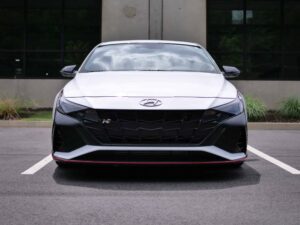

Fuel economy also benefits when the gears don’t stop at six. At 37 mpg on our 75-mph highway loop, the automatic-equipped Elantra N trounced the manual Elantra’s 32-mpg result. Then again, the Elantra is thrifty no matter what; the six-speed variant beat out other manual-equipped performers such as the Civic Type R (30 mpg) and the Subaru WRX (28 mpg), although the Subie is handicapped by its standard all-wheel drive. The only competitor the automatic can’t top is the cheaper, less powerful Honda Civic Si, which managed 38 mpg in our hands.
The Elantra N’s dual-clutch confers a weight penalty of 114 pounds, with our automatic test car weighing 3313 pounds on our scales versus the manual’s 3199. That had a very mild effect on its braking figures, with the automatic stopping from 70 mph in 161 feet and from 100 mph in 324 feet—a bit longer than the manual’s 156-foot and 318-foot stops, respectively. The dual-clutch model’s stopping power is similarly off from the Subaru WRX.
At 0.96 g on our skidpad, the Elantra N exhibits plenty of stick, but the sports-sedan joie de vivre extends beyond numbers on a page. Lateral body motions are kept well in check, especially in stiffer suspension settings, and the steering provides some decent feedback, even if its various weights feel wholly artificial. Don’t overdrive the thing and the electronic limited-slip differential will efficiently mete out power to either front wheel; rely a little too much on the Michelin Pilot Sport 4S summer tires, though, and it’s a one-way trip to Understeer City. The dual-clutch does a great job hustling between gears once underway, although it can operate with some clunks and shudders at rush-hour speeds.

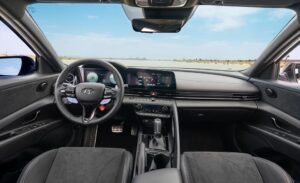

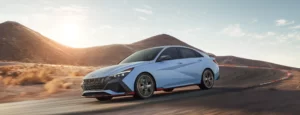





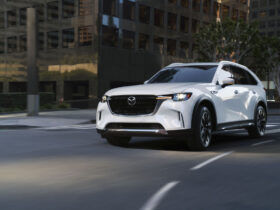
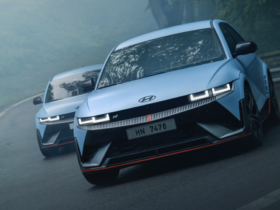


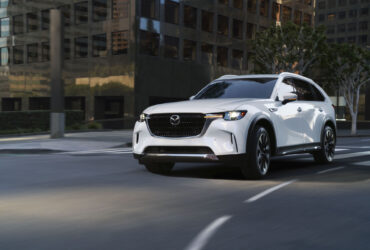
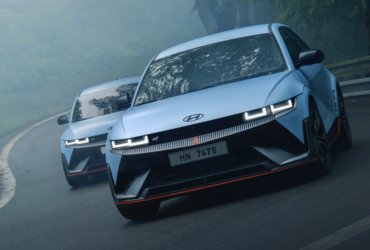

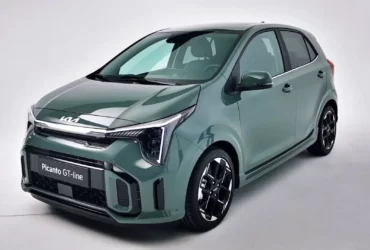

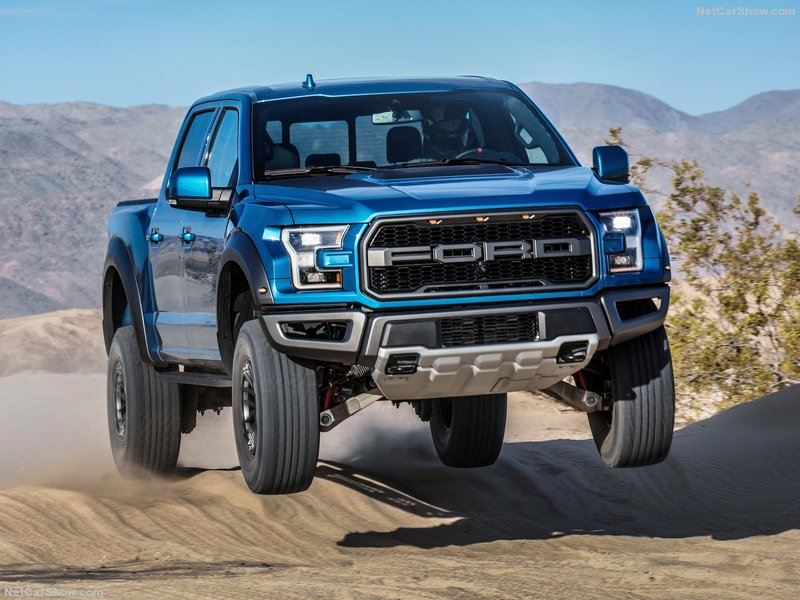
Leave a Reply